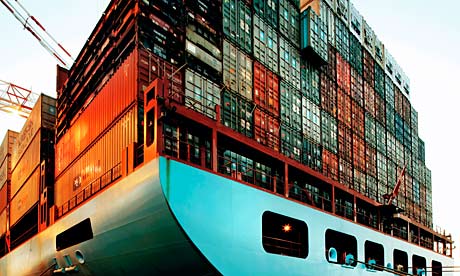Stockholm International Peace Research Institute study reveals how arms dealers target western-owned maritime companies

Most ships involved in reported cases of sanctions-busting or illicit transfers of arms, drugs and equipment that could be used in the development of missiles and weapons of mass destruction are owned by companies based in the world's richest countries, according to the first comprehensive study of maritime trafficking.
The ships are primarily commercial lines based in Germany, Greece and the US, according to the report, released on Monday by the Stockholm International Peace Research Institute.
"This doesn't mean the ship owners, or even the captains, know what they are carrying. But it is relatively easy for traffickers to hide arms and drugs in among legitimate cargoes," said the report's co-author Hugh Griffiths.
The report shows that the methods adopted by arms trafficking networks in response to UN embargos on Iran and North Korea were pioneered by drug traffickers.
They included hiding goods in sealed shipping containers that claim to carry legitimate items; sending the goods on foreign-owned ships engaged in legitimate trade; and using circuitous routes to make the shipments harder for surveillance operations to track.
"Containerisation has revolutionised international trade, but it also provides ideal cover for traffickers. So many shipping containers pass through the world's ports every day that only a fraction can be inspected," Griffiths said.
"Ship owners and even customs officers often just have to take it on trust that what's inside the container is what it says on the cargo documents".
The report shows that in cases where the ship owners, operators and captains appear to have been directly involved in the trafficking attempt, the ships tended to be older and to be sailing under "flags of convenience". They regularly performed badly in safety and pollution inspections when they entered ports.

No comments:
Post a Comment